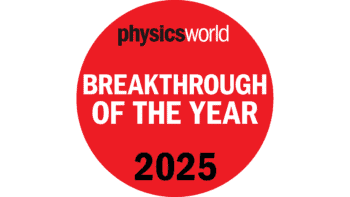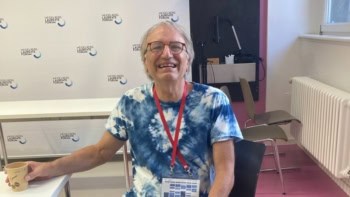There seems to be more science on our televisions and in our newspapers and bookshops than ever before. Can it be that the increased attention that the science community has paid to what was once called the "public understanding of science", and now goes by the more user-friendly name of "science and society", has actually paid off? It is difficult to say. One reason why there is more science in the media is simply that there are more hours of airtime and more newspaper (and web) pages to fill. The world may have become more scientific thanks to developments in medical science and information technology, but there is little evidence that public interest in science has increased relative to, say, that in sport or gardening.
Of course, the scientific community never wanted to increase interest in science for the sake of it – the real agenda was to increase the number of students studying science at school and university (which has not happened), and to encourage governments to invest more
in research (which many have). It was also felt that more public understanding would lead to more informed debates about science-based issues, although again it is difficult to tell if this has been the case.
What certainly has occurred in the past few years has been an explosion of initiatives and activities in the field of public engagement – the less-patronizing term that has generally replaced public understanding – and in the next few pages we describe some of the projects in which physicists and astronomers have been involved. Pressures on space means that we cannot cover all of these activities, or the vast literature that has been published on science and society in recent years (see below).
The physicists we spoke to have adopted a wide variety of approaches to engaging the public. Peter Barham, for instance, talks about penguins and cooking to gently introduce diverse audiences to a range of physics topics, and, like a small number of other physicists, he manages to combine 50 or so public talks per year with his teaching and research commitments (see page 14, print version only). Recent years have also seen a significant increase in the number of physicists who have full-time careers in public engagement, and Alex Williams describes what her job as the physics educator for the @Bristol science centre involves (see page 15, print version only).
And then there are the media. We find out how ESA and NASA make sure that their space missions always seem to be in the public eye, and Robert Crease describes why the press is a foreign country to scientists (see pages 16 and 18, print version only). Not all attempts to engage with the press or the public will be successful, but with the number of science students in decline, it is more important than ever to keep trying.




